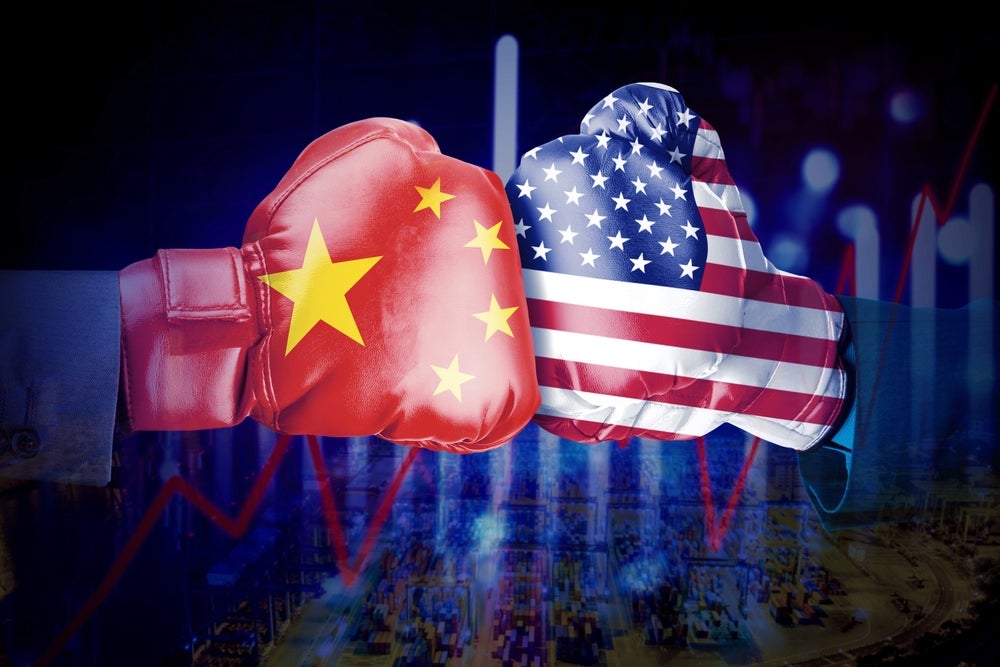The Trump administration’s stance on the green transition has been incredibly confusing. As a right-leaning politician and an advocate for industrial reshoring, Trump is rhetorically in favour of boosting fossil fuel production and consumption while rolling back forestry protections and electric vehicle (EV) tax credits. Meanwhile, at the start of his second term, he brought a supposed energy transition pioneer, Elon Musk, into the fold and supported Silicon Valley.
Putting down green industries seems to come down to a political belief, of being a quasi-climate denier just enough to secure a skeptical, large portion of the right-wing US electorate. While this has had evident domestic political benefits for the former steak salesman, it has not put the US in a great position to compete with its biggest economic and geopolitical rival, China. While Trump has questioned whether or not climate change is real, a fact that faces a broad scientific consensus, China has managed to get ahead on what matters on a geopolitical basis, climate and green technologies.

Access deeper industry intelligence
Experience unmatched clarity with a single platform that combines unique data, AI, and human expertise.
Trump 1.0
Trump’s first term created a vacuum of leadership that allowed China to step into climate leadership in both institutional and technological capacities. In Trump 1.0, his administration withdrew from the Paris Climate Agreement, rolled back over 100 environmental regulations, slashed funding for clean energy research and development, and imposed tariffs on solar panels while offering no scalable domestic alternative. In the name of energy dominance, Trump doubled down on fossil fuels while letting the newly born US clean energy industry struggle without consistent federal support.
China did what any geopolitical rival would do and stepped in to fill the US’s still-warm shoes. Beijing proceeded to become the world’s largest producer of solar panels, wind turbines, and electric vehicle batteries, controlling over 80% of solar supply chains and 60% of EV battery production. China also dominates critical mineral processing, producing 70% of the world’s rare earth elements, materials vital for the energy transition. While American political discourse centred around whether climate change was real, China locked down the means of producing clean energy technology for the next 50 years.
Trump was right to be concerned about China in Trump 1.0, but he was thinking too linearly. Trump’s America-first rhetoric often targeted China on trade, manufacturing, intellectual property, and military issues. By neglecting the green industry, his administration allowed China to dominate it unchallenged. Even Trump’s tariffs on solar imports backfired. Instead of incentivising US manufacturing, they stalled solar deployment and raised project costs, an industry that is only now, eight years later, catching up.
Inter years and Trump 2.0
President Biden’s Inflation Reduction Act (IRA), passed in 2022, attempted to claw back some ground by providing incentives for domestic manufacturing of solar panels, EVs, batteries, and the critical minerals needed to power them. The act has sparked billions in private-sector investments and helped revive US capacity in clean energy production. Yet the gap with China remains vast, especially given Trump’s actions in his second presidency.

US Tariffs are shifting - will you react or anticipate?
Don’t let policy changes catch you off guard. Stay proactive with real-time data and expert analysis.
By GlobalDataTrump has promised to repeal the act in full, deriding it as a “radical climate agenda.” Trump’s “drill baby drill” policies such as the ‘Unleashing American Energy’ executive order, and green industry negligence such as act funding freezes and reduced EV incentives, have combined to make Trump 2.0 an incredibly destructive force to US green energy initiatives and US hegemonic power.
China may already have won…
Even if we ignore the future of the planet we live on, Trump (and the US as a whole) cannot afford to lose the green transition race. This is not just an environmental issue; it is an economic and national security one. Clean energy is the next industrial revolution. Whoever controls its production controls the future of transportation, manufacturing, energy infrastructure, and global influence. A clean energy-hostile Trump presidency will only weaken domestic clean energy industries and supply chains while leaving US allies looking towards China for climate technology.
Trump has seemingly noticed this. He was somewhat favourable to the US electric vehicle market through his brief close relationship with Elon Musk and his support of domestic manufacturing, although he has now removed all government support for emission-reducing vehicles through the One Big Beautiful Bill Act. He is also friends with Silicon Valley (for now) after a rocky relationship, including a series of deplatforms after the 6 January 2021 insurrection. He is also pursuing critical mineral agreements with Ukraine, the Democratic Republic of the Congo (and Rwanda-ish), and a range of others.
Out of all the players during Trump’s presidencies, China has gained the most. Trump’s original trade regime pushed countries closer to China, allowing Beijing to reduce any dependence on US imports, further reducing its exposure to any future US/China trade war (such as Liberation Day). The destruction of the US Agency for International Development will only push the world’s poorest countries towards China, these nations holding significant natural liquified natural gas and critical mineral reserves. All of this article barely mentions Liberation Day, an attitude that will likely further harm clean energy industries in the US. Donald Trump claims to be tough on China. But his energy and industrial policy, by design or neglect, has left America behind in one of the most consequential global races of our time. Soon, the economic tool of hard power, a political philosophy where nations only use coercive means of power (such as military might and economic power), will grow to include climate technologies and resources, if this planet is to care about its immediate future. Military might can only go so far (albeit a long way) in a nuclear age. If the clean energy revolution is this generation’s space race, Trump may have just let the other side plant its flag first.




